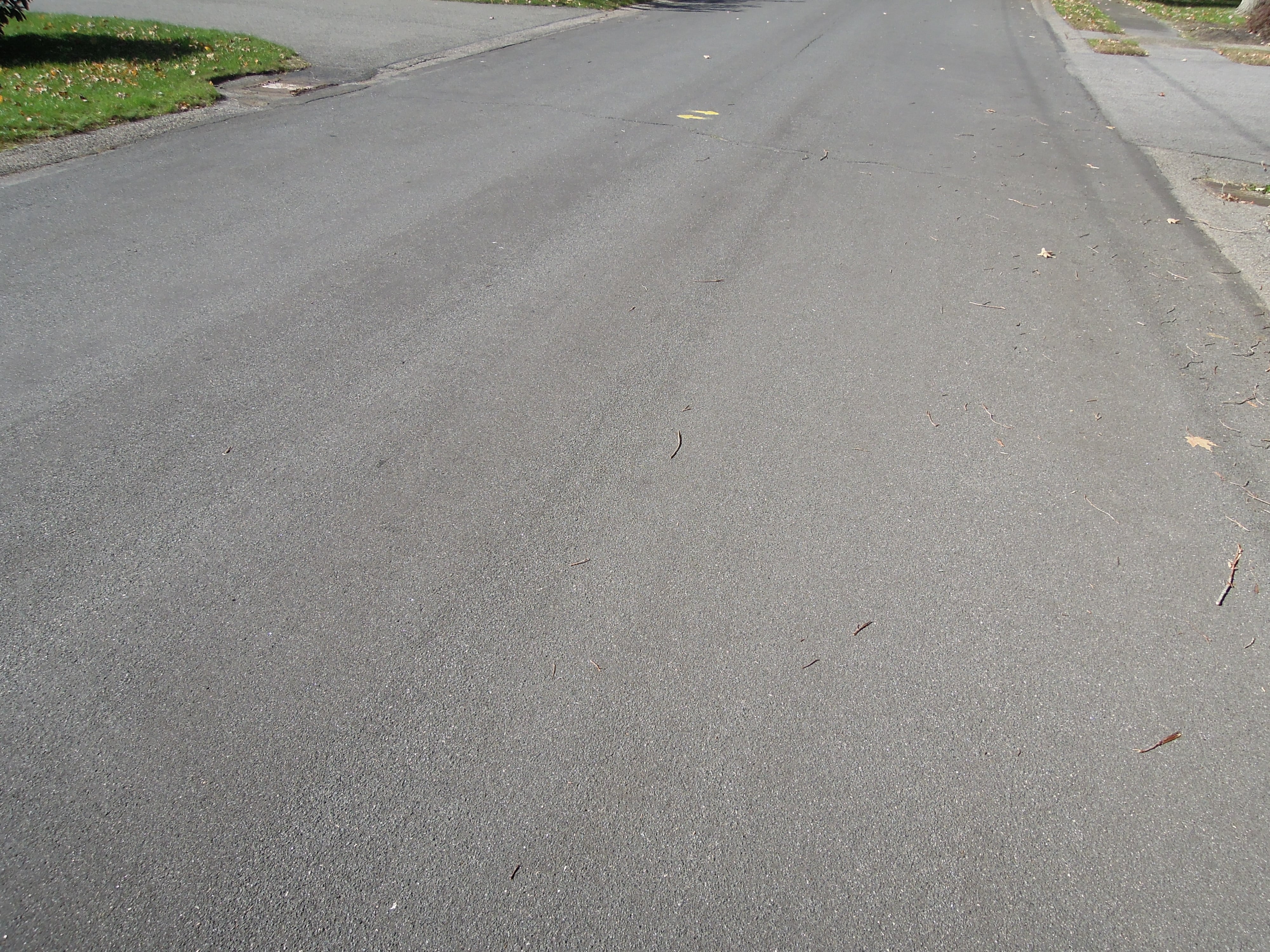Hingham, MA.
Maintenance First
The Town of Hingham owns and maintains 110 centerline miles of roads with an estimated asset value of $122 million. Prior to 2009, like many towns, Hingham relied heavily on milling and hot mix paving as its primary pavement management treatment. But the price of asphalt cement, the petroleum-based binder that holds pavements together, had more than doubled from less than $300 per liquid ton in 2005 to over $600 per ton in 2008.
Despite their compliance with current specifications, these increasingly expensive asphalt mixes were not meeting the durability and performance expectations of the town. To maintain the community’s high standards without overburdening the taxpayers, Hingham needed a new approach to taking care of their roads.
The Engineering Department was aware of an experimental combination treatment the town had tried in a suburban neighborhood on the south end of town 10 years earlier in 1999. The combination treatment consisted of crack sealing (to mitigate reflective cracking), hot mix leveling with an average thickness of 1.25” (to add structure, true up the cross-section, and provide a new bonding surface), and a double application of micro surfacing (to protect the hot mix from early aging, oxidation, raveling, and premature wear). Ten years later, these suburban roads were still performing well, so the town decided to expand the use of this combination treatment across all of its roadway classifications.

Crack sealing plus hot mix leveling with micro surfacing wearing course applied in 1999. (Photo taken in 2018.)
The Engineering management team also decided to change the methodology used on their full depth reclamation (FDR) projects. Similar to most towns in the region, they had previously paved their reclaimed bases with two courses or more of HMA. The paving layers usually consisted of 2” to 4” of HMA binder plus another 1” to 1.5” of 9.5mm HMA top depending on the traffic loadings.
As a result of ongoing concerns with conventional hot mix paving methods that did not offer the desired performance or cost-benefit results, the new methodology employed after 2009 included a slightly thicker 19mm dense binder layer (generally 2.5” to 4”) followed by two lifts of micro surfacing as a wearing course.
This new reconstruction method has not only performed better, but is also estimated to cost 30% to 35% less than the prior conventional approach.
The town today has essentially discontinued its use of hot mix asphalt as the wearing course in its paving program, choosing instead to use micro surfacing. The results have been encouraging.
Nineteen years after their early experiment with the combination treatment, and ten years after fully implementing these unique and innovative approaches system-wide, Hingham’s roads are noticeably better than most surrounding communities. Using a scale of 1 to 5, with 1 being the best, the Town road network condition average has risen to 1.97, equating to a PCI of around 80, which is outstanding.
Adhering to a “maintenance first” pavement management strategy while gradually chipping away at its backlog of poorer roads, Hingham has improved 62 of its 110 road miles (56%) over the last ten years, with just over 80% of roads now in good or excellent condition and less than 5% in poor or failed condition.
View Map of Roads Improved
